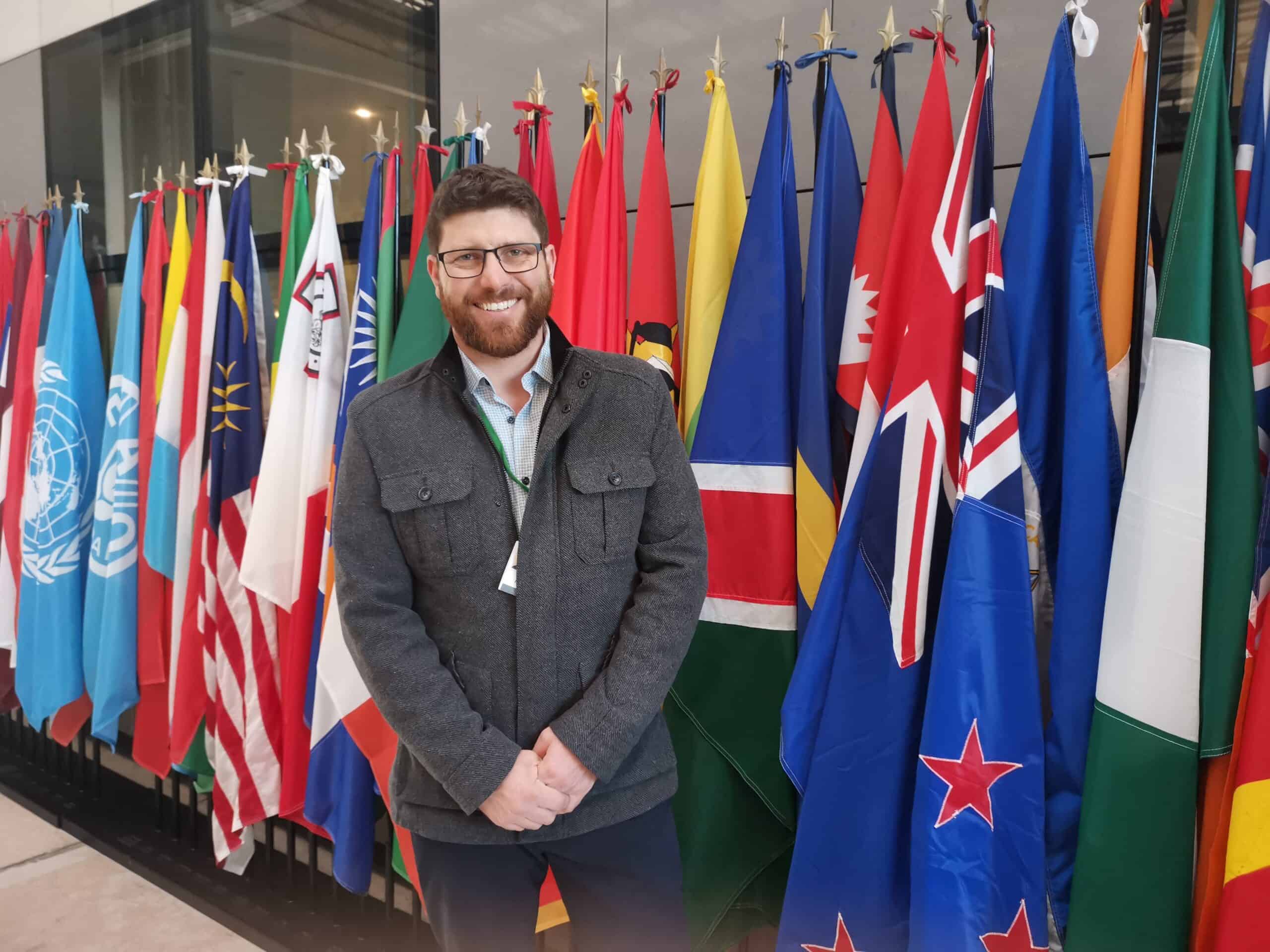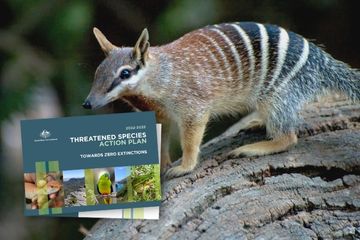
Federal Senate set to shine a spotlight on failures to control feral horses in the Australian Alps
The Invasive Species Council welcomes a Senate inquiry initiated by ACT Senator David Pocock into the management of feral horses and other hard-hoofed invasive species in Australia’s national heritage-listed Australian Alps.




















